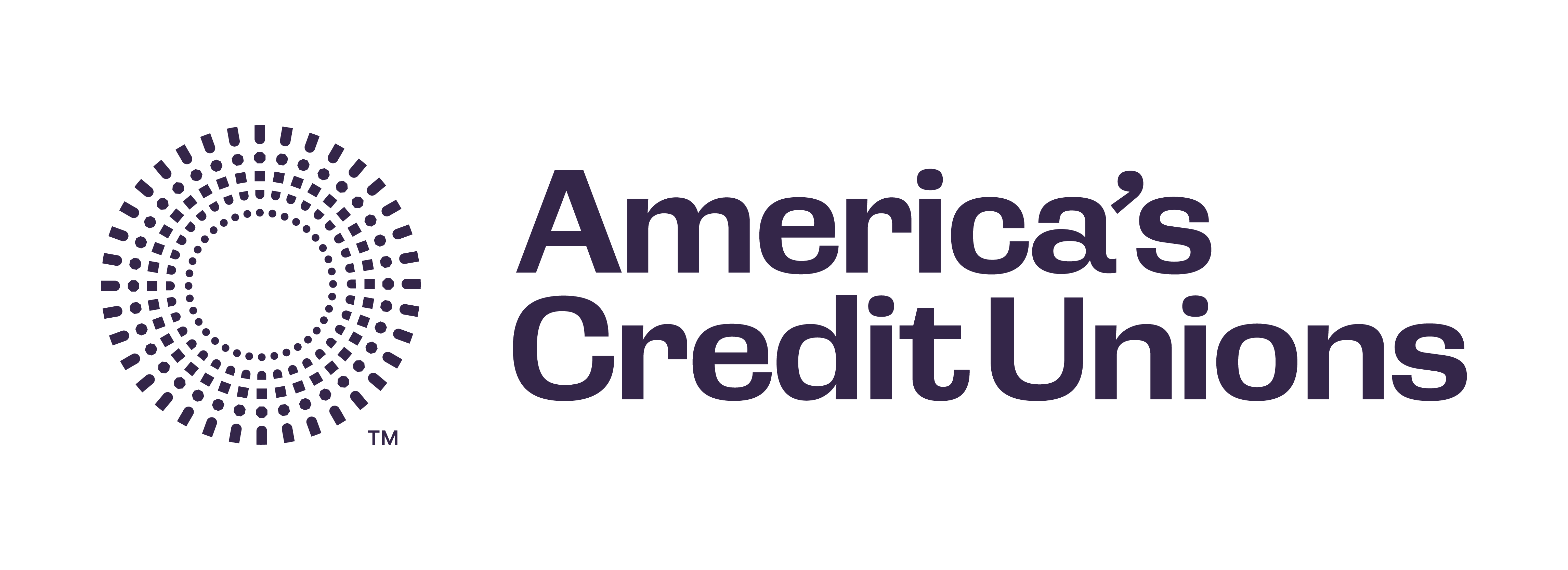Earn your Bank Secrecy Act Certification with comprehensive, foundational BSA training.
Register now for America's Credit Unions Bank Secrecy Act (BSA) Conference. This premiere event combines the legacies of NAFCU’s BSA School and CUNA’s BSA/AML Certification Conference with NASCUS. Together, this new event will arm your credit union with the information you need to protect against money laundering attempts. Learn more.
